Advanced Multilayer PCB Solutions for
Complex Electronic Applications
WellPCB is a leading multilayer PCB manufacturer delivering advanced multilayer circuit boards for complex electronic products. We provide rapid prototype PCB manufacturing, scalable production, and integrated PCB assembly, all backed by certified quality and efficient production processes.
- Advanced multilayer capabilities supporting rigid, flex, and rigid-flex PCBs
- Integrated fabrication and assembly services with comprehensive testing
- Certified quality with ISO 9001, IATF 16949, and IPC standards compliance

ISO9001 ISO13485
ISO14001

IATF
16949

IPC-A-610H International
Certification

Fully Automated
AOI Inspection
- PCB Manufacturer
- Multilayer
Multilayer PCB Manufacturing for
Performance and Reliability
WellPCB delivers multilayer PCB manufacturing with advanced equipment, expert engineering, and precise process control. Our multilayer PCB manufacturing supports rigid, flex, and rigid-flex PCBs, offering precise impedance control and high-density designs with consistent fabrication capabilities.
We support 4 to 64 layers, 1.8 mil minimum trace width/space, and copper thicknesses up to 1000 μm. Dimensional tolerances are held below ±30 μm under a 3σ process.
Materials and Surface Finishes:
We utilize a wide range of materials including FR4, High TG, halogen-free, CEM-3, and high-frequency laminates. Surface finishes include ENIG, HASL, immersion silver, and OSP for superior solderability.
Quality and Compliance:
Our production lines apply AOI, flying probe testing, micro-section analysis, and verify compliance with IPC-A-610 Class 2 and Class 3 standards. These controls reduce defects and confirm consistency across complex multilayer PCB builds. Our certifications include ISO 9001, ISO 14001, IATF 16949, RoHS, and IPC standards compliance.
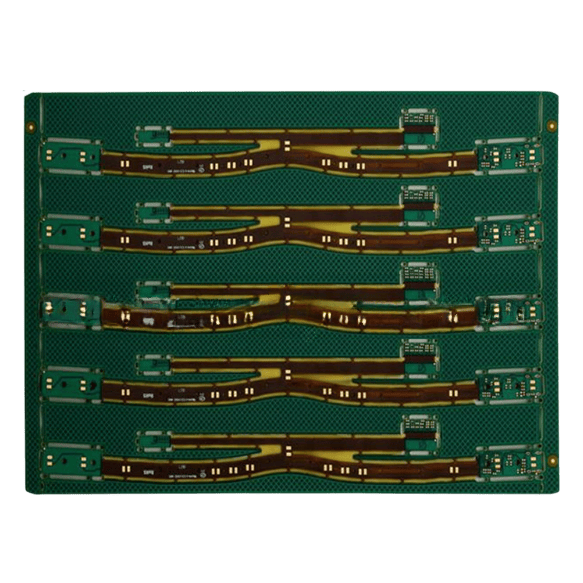
Our Multilayer PCB
Manufacturer Capabilities
We produce multilayer PCBs from 4 to 64 layers. Stackup configurations support controlled impedance, reduce crosstalk, and manage current-carrying capacity while maintaining finished board thickness between 0.3mm and 12mm. Our engineering team optimizes layer sequencing to isolate signal layers with continuous ground or power planes, improving EMI performance and signal integrity.
Copper weights up to 1000 μm are available. Designs support minimum trace width and space of 1.8 mil, with QFP width/space of 0.15 mm/0.25 mm and BGA diameter/space of 0.2 mm/0.35 mm. Trace width and copper thickness are engineered to control current capacity and thermal management, while supporting compact layouts and high-density signal routing.
Blind vias, buried vias, and copper-filled vias are available to support complex routing while maintaining mechanical strength. Designs use a minimum mechanical drill size of 0.1 mm, enabling dense interconnections without compromising reliability. Careful via selection and placement also help reduce parasitic capacitance and stray inductance, which improves signal integrity and minimizes crosstalk in multilayer PCB designs.
Material options include FR4, metal core, Arlon, Taconic, Nelco, Isola, Halogen Free, PTFE, PI, and Rogers high-frequency laminates. Each material is selected based on its mechanical strength, thermal stability, and dielectric properties to meet the electrical and environmental demands of the application. For example, high TG FR4 supports higher temperature tolerance for lead-free assembly, while Rogers laminates offer low dielectric loss for RF and high-speed digital designs.
Surface finishes include HASL, lead-free HASL, ENIG(+ G/F), Immersion silver/Tin, OSP, ENEPIG, and bare copper. These finishes protect exposed copper surfaces and support solderability during assembly. ENIG combined with OSP is applied selectively when mixed assembly types or special performance requirements are specified.
Advanced features include gold fingers, peelable masks, characteristic impedance control, and rigid-flex design compatibility. These options support complex interconnects, enable reliable edge connections, and maintain mechanical durability in multilayer PCB assemblies. Wrap and twist tolerances are controlled within ≤ 0.5% to ensure dimensional stability under operational stress.
Finished PCB sizes range from 2 mm × 5 mm to 22.5 × 47.2 inch. Manufacturing tolerances are maintained below ±30 μm using 3σ process control, with CPK values of 1 or higher to confirm dimensional consistency across production runs.
Multilayer PCB design files can be submitted in .gerber, .pcb, .pcbdoc, and .cam formats. This compatibility supports efficient data transfer, clear layer mapping, and reduces the risk of translation errors during manufacturing preparation.
Why Choose WellPCB as Your Multilayer
PCB Manufacturer?

Advanced Design Support

Prototype to Production Scalability

Flexible Lead Times

Certified Quality Assurance

Global Shipping and Customer Service

Material and Design Flexibility
WellPCB’s Multilayer PCB
Manufacturing Process
WellPCB applies a controlled multilayer PCB manufacturing process that combines precise design validation, advanced imaging and lamination methods, and rigorous inspection. Each production stage is designed to maintain electrical performance, dimensional accuracy, and consistent product quality.

Design File Submission and Review

Stackup Preparation and Material Selection

Inner layer imaging and AOI

Lamination Under Heat and Pressure

Drilling and via Creation

Desmearing and Hole Preparation

Copper Plating and via Metallization

Outer Layer Imaging and Etching

Solder Mask and Legend Application

Surface Finish Application

In-Process Inspection and Final Testing
Our Automotive PCB
Testing Process
WellPCB supports major OEMs, TiWellPCB applies a rigorous testing and quality management system to detect defects, verify mechanical integrity, and confirm electrical functionality under the demanding conditions used in automotive applications. This includes:
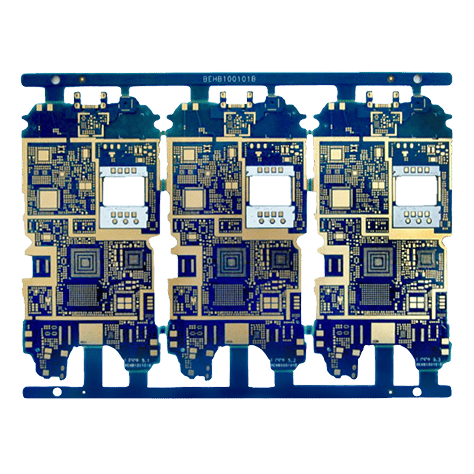

Cross-Section and X-ray Analysis
Cross-section analysis involves cutting a sample PCB and polishing the cut area to examine internal layer alignment, via walls, plating quality, and solder joints under a microscope. This allows us to measure plating thickness, detect voids, and evaluate copper distribution. Analyses are performed according to IPC-TM-650 acceptance criteria.
X-ray inspection uses high-resolution imaging to visualize hidden solder joints, internal vias, and component placements. This method identifies cold solder joints, insufficient plating, and internal fractures without damaging the board, following IPC-A-610 Class 2 & 3 workmanship standards.

Thermal Cycling and Thermal Shock Testing
Thermal cycling subjects PCBs to repeated temperature changes between -40°C and +125°C, simulating long-term operational stresses. Boards are exposed to at least 1000 cycles in environmental chambers following AEC-Q100 qualification protocols.
Thermal shock testing moves PCBs rapidly between two chambers at extreme temperatures to assess the effects of sudden expansion and contraction. Thermal shock durations and ramp rates meet AEC-Q200 environmental testing requirements to confirm that materials, vias, and solder joints maintain mechanical and electrical integrity.

Cross-Section and X-ray Analysis
Nelco focuses on high-speed, CAF-resistant materials with consistent electrical performance and thermal resilience. For example, Nelco N4000-13EPSI offers Df ~0.0035 at 10 GHz. Isola matches this with materials like I-Tera MT40 and 370HR, while offering broader global distribution and more halogen-free options.
If your project requires low loss, RoHS compliance, and fast lead times, Isola provides more flexibility without compromising reliability.

Vibration and Mechanical Stress Testing
Vibration testing mounts PCBs onto fixtures connected to multi-axis shakers, simulating real-world automotive vibration profiles. Testing follows IPC-6012DA criteria and SAE J1211 vibration standards.
Mechanical stress testing includes tensile and compressive force application to validate the strength of vias, solder joints, and component placements. Testing validates conformance to AEC-Q200 mechanical durability benchmarks for high-vibration and shock environments.

Electrical Testing and AOI
Electrical testing applies voltage and current using programmable digital power supplies, oscilloscopes, signal generators, multimeters, and high voltage testers. Tests verify continuity, detect shorts, and validate circuit functionality under operating conditions.
All electrical testing aligns with IPC-9252 testing standards and AEC-Q100 functional testing protocols. Automated Optical Inspection (AOI) uses high-resolution cameras and pattern recognition, while AI inspection assists with defect detection and process control.

Cross-Section and X-ray Analysis
We assign each production lot a traceable identifier linked to tolerance documents, inspection reports, and process data.
Traceability records support AEC-Q100/200 audit readiness, ISO 26262 functional safety assessments, and compliance verification for IPC and IATF quality management systems. This supports root cause analysis and customer audits.
How to Order Your Multilayer PCB
in 5 Easy Steps
PCB Manufacturing and Order Review Process

Submit Your PCB Design
Upload your Gerber files or use our easy online PCB design tool to create your board layout. Make sure your files are complete and correctly formatted to ensure smooth processing and production accuracy.

Select Your PCB Specifications
Customize your order by choosing the technical specifications—number of layers, board dimensions, thickness, copper weight, solder mask color, surface finish, and more. Our intuitive interface helps you configure everything based on your project’s needs.

Get an Instant Quote
Once your design and specs are in place, you'll receive a transparent, instant quote. Pricing updates in real time as you modify options, so you can adjust your selections to match your budget before placing the order.

Confirm Order & Make Payment
Review your entire order for accuracy, including file previews and selected specs. After confirmation, proceed to secure checkout and choose your preferred payment method. You’ll receive an email confirmation with order details.

Production & Delivery
Your PCB moves into production immediately. We’ll keep you updated throughout the manufacturing process. Once completed, your boards are carefully packed and shipped to your door, with tracking information provided for your convenience.
Industries We Serve with Multilayer
PCB Manufacturing

Automotive Electronics
Multilayer printed circuit boards are designed for engine control units, power distribution, ADAS, battery management, and infotainment systems. Builds include buried vias, high-density routing, and controlled impedance to maintain signal reliability in high-vibration and thermal cycling environments.

Industrial Automation
Multilayer circuit boards and pcb assembly solutions for robotics, power systems, motor drives, and interface controllers. Designs support multiple layers with robust electrical connections, heavy copper options, and advanced lamination for durability under mechanical and thermal stress.

Telecommunications
Multilayer PCBs optimized for RF, signal switching, and high-speed networking. Fine track/space, impedance control, and precise PCB manufacturing allow signal integrity for switching devices, antennas, and data infrastructure.
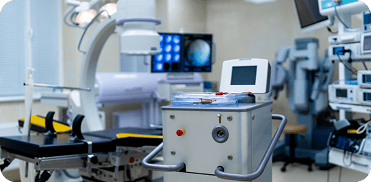
Medical Devices
Tight-tolerance multilayer PCBs for diagnostic, imaging, and monitoring equipment. Designs meet strict quality (ISO 13485) and solderability standards and use materials with consistent dielectric properties to control stray capacitance and crosstalk.

Consumer Electronics
Multilayer circuit boards and PCB fabrication for compact devices requiring high-density routing, flexible fabrication capabilities, and reliable electrical connections. Builds support for mixed-technology assembly and quick turnaround.

Aerospace and Defense
PCB assemblies are built to withstand extreme temperature, vibration, and mechanical stress, using advanced assembly techniques, solder mask optimization, and rigorous testing protocols.


WellPCB is trusted by millions of
businesses and innovators.
























Why Choose WellPCB?
WellPCB stands out among USA PCB manufacturers by delivering superior quality, advanced solutions, and unmatched reliability. With years of experience serving global markets, WellPCB has earned a reputation as one of the top PCB manufacturers in USA.
WellPCB specializes in multilayer PCBs for advanced electronic applications. You can order these boards with $100 off using our special offer, providing high complexity at competitive rates for demanding projects.




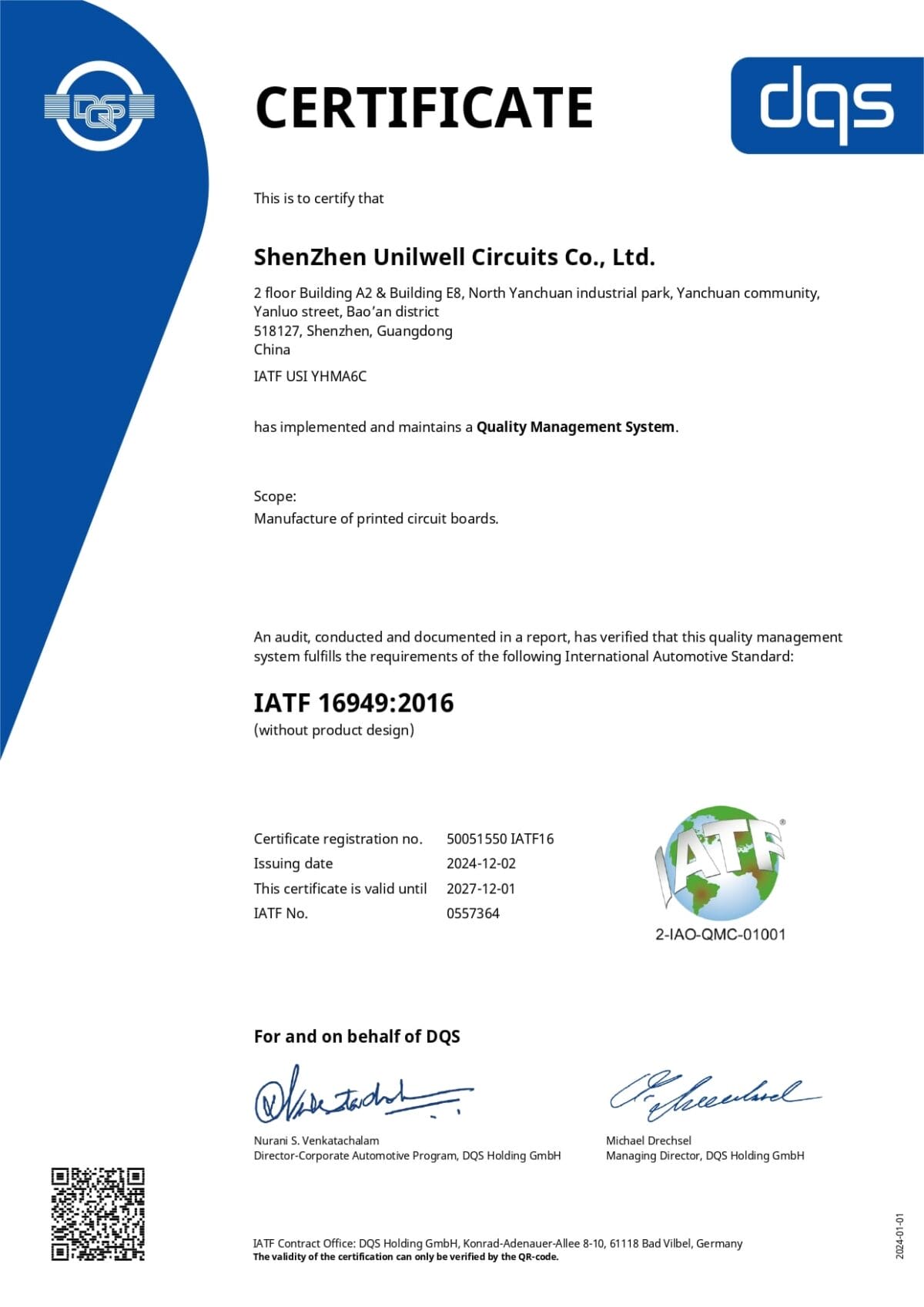




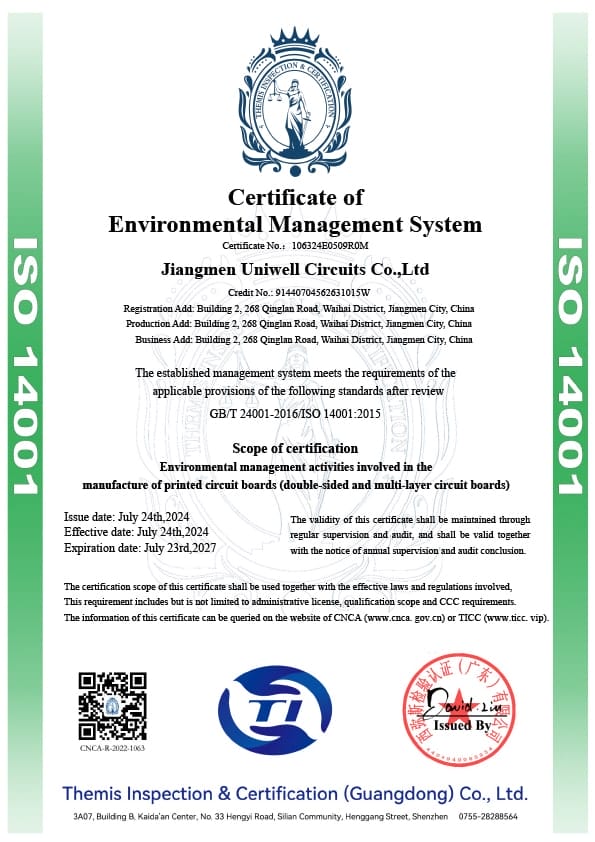
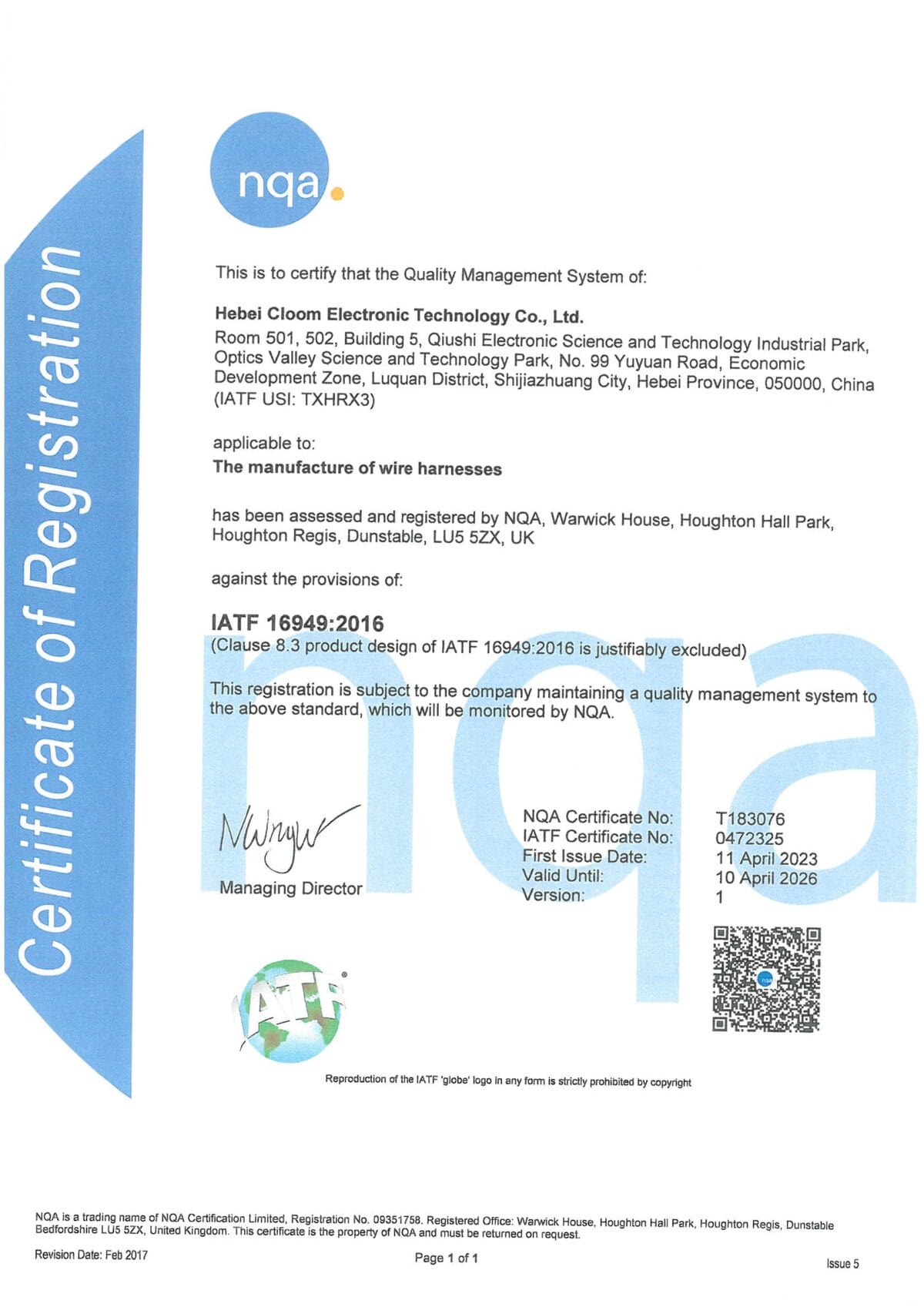

Hommer Zhao
Founder and Chief Editor – Hommer Zhao
Welcome! I’m Hommer Zhao, the founder and Chief Editor of WellPCB. With years of experience in the PCB industry, I’m committed to making sure our content is both accurate and helpful. We’re proud to serve a growing community of over 4,000 customers worldwide, and our goal is to provide you with the best resources and support. Your satisfaction is our top priority, and we’re here to help you every step of the way!

Jesse Holland
Technical Manager – Jesse Holland
Hi, I’m Jesse Holland, an Engineer and Technical Manager at WellPCB. With years of experience in PCB design and engineering, I’m here to ensure that every project we work on meets the highest technical standards. I lead our team, focusing on precision and innovation, collaborating closely with clients to provide tailored solutions and expert guidance. Whether you’re facing a complex design challenge or need advice on technical aspects, I’m here to ensure your project is a success from start to finish.
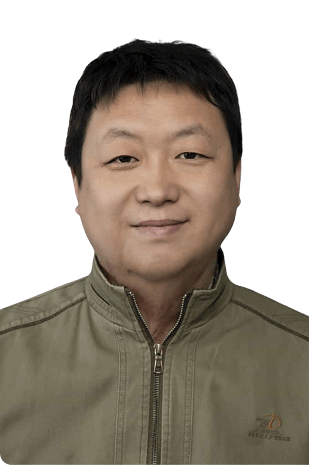
Nathan Jensen
Purchasing Manager – Nathan Jensen
Hi, I’m Nathan Jenson, the Purchasing Manager at WellPCB. I’m responsible for sourcing the best materials and components to ensure our products meet the highest quality standards. With my extensive experience in procurement, I work closely with suppliers to secure reliable and cost-effective solutions while maintaining strong relationships to support our operations. I aim to ensure every project runs smoothly by providing the resources needed to deliver on time and to your satisfaction.
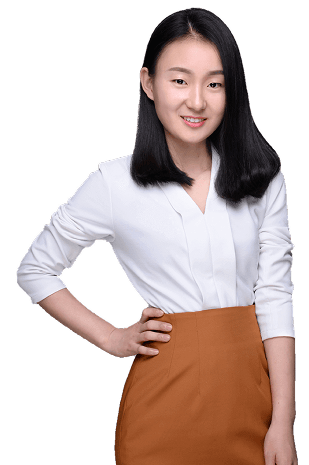
Emma
Sales Manager – Emma
Hey, I am Emma, sales manager at WellPCB. I studied electronic science and technology at university and have served customers for PCB and PCB Assembly service for several years.
I enjoy communicating with customers and our technicians to solve problems, and customers always say, "It's great to have you onboard".
It is my pleasure and honour to be helpful. Contact me now, and you'll know.
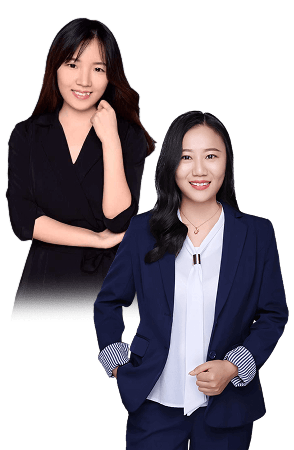
Bella and Cassiel
Sales Representatives – Bella and Cassiel
We’re Bella and Cassiel, your dedicated sales representatives at WellPCB. With our extensive knowledge of the PCB industry, we’re here to provide exceptional service and support. We take the time to understand your unique needs and are always ready to offer tailored solutions and advice. Whether you need product recommendations, assistance with your orders, or simply have a question, we’re here to ensure your experience is smooth and seamless at every step.
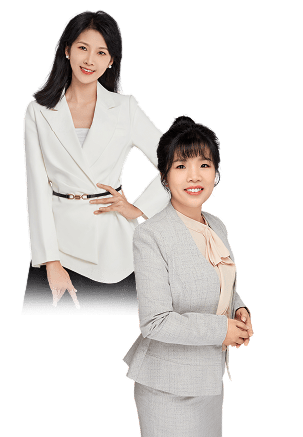
Mandy and Wendy
Sales Representatives – Mandy and Wendy
We’re Mandy and Wendy, your friendly sales representatives at WellPCB. Passionate about helping our customers, we bring a wealth of experience in the PCB industry to provide you with the best solutions and service. We take pride in building strong relationships with our clients, understanding their specific needs, and offering personalised support to ensure their satisfaction. Whether you’re looking for advice, product information, or assistance with any part of your order, we’re here to make your experience as smooth and efficient as possible.
Our Team
Our skilled engineers and technicians bring expertise and precision to every PCB assembly project. Committed to quality, efficiency, and innovation, our team ensures every order meets the highest UL, IPC, ROHS & REACH standards, delivering reliable solutions tailored to your needs.
- Founder and Chief Editor – Hommer Zhao
- Technical Manager – Jesse Holland
- Purchasing Manager – Nathan Jensen
- Sales Manager – Emma
- Sales Representatives – Bella and Cassiel
- Sales Representatives – Mandy and Wendy
Case Studies
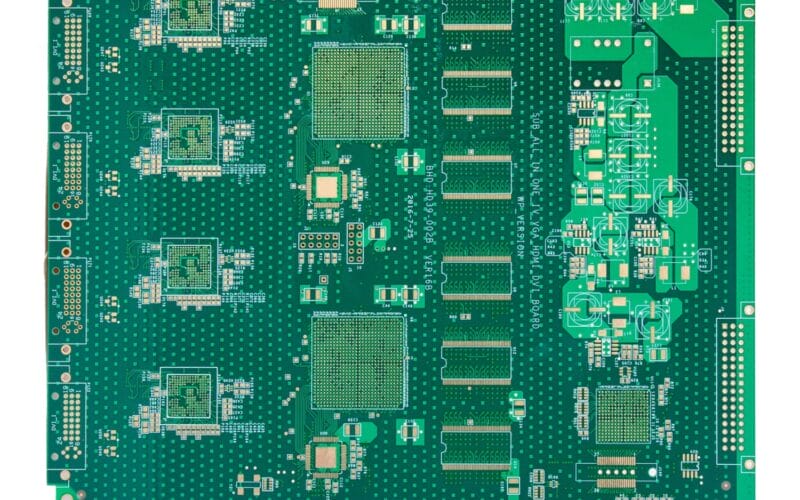
PCB Manufacturing
PCB Specifications
- Layers: 8
- Board Thickness: 1.8mm
- Min. Line Width/Space: 3/3.5 mil
- Min. Hole Size: 0.2mm
- Min. Distance from Hole to Line: 0.13mm
- Inner Layer Copper: Hoz
- Outer Layer Copper: 1oz
- Surface Finish: Immersion Gold
The final board met all mechanical and electrical tolerances and passed electrical testing with 100% yield. This project shows our capabilities to handle complex, high-density multilayer PCBs with tight tolerances and strict quality standards.

PCB Assembly
Project Details
- Service Type: PCB Assembly
- Location: Italy
- Client Type: PCB Design Company
- Total Units: 20
- Lead Time: Rapid turnaround for prototyping
- Assembly Type: SMT+THT mixture assembly
Our experienced production team worked closely with the client to verify the BOM, optimize the stencil and the board’s layout design. We completed and delivered 20 fully assembled units within the expected lead time, allowing the client to avoid delays and meet their customers’ delivery window. This case highlights our capabilities to support global clients with flexible, low-volume PCB assembly solutions.
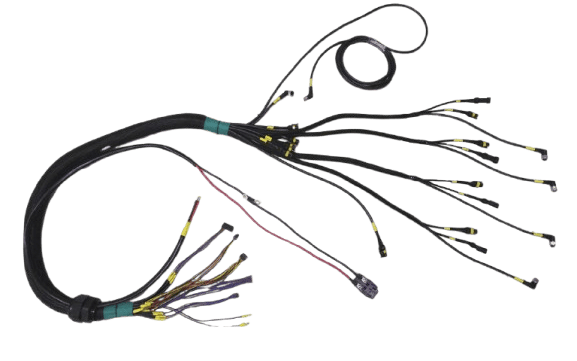
Wire Harness
Project Details
- Service Type: Custom Automotive Wire Harness
- Location: New York, USA
- Client Type: Auto Repair Shop
- Quantity: 10,000 Units
Our team followed strict quality guidelines throughout production, using automotive-grade connectors and insulation materials. The order was completed on schedule with no reported defects, supporting the client’s rollout without interruption. This case shows our comprehensive capabilities in large-scale production, customized solutions, quality control and efficient delivery.
Multilayer PCB Service: Client Feedback
As an R&D manager, I have had an outstanding experience working with WELL-PCB. For many years, our company has entrusted them with the production, assembly, and programming of the boards developed in our R&D unit, and they have consistently exceeded our expectations.
Hamid Reza Moshayedi
R&D Manager
Their work is very impressively perfect. Today, when they check our company PCB board after assemble. They found a fake short point which many engineers has never found in the past years. But that is just designed so. The PCB board quality is excellent. Their service is also excellent.
MikeZ
My friend introduced WellPCB to me, the first try, a little look forward to. I ordered a 47*72 10ps PCB, and I can’t wait to receive my PCB. So I used expedited service and received my PCB in three days. I tested and soldered the PCB, Quality is really good, silkscreen, plating also great.
Warren Cliton
Multilayer PCB Fabrication | FAQs
How are multilayer PCBs made?
Multilayer PCBs are made by laminating alternating layers of conductive copper and insulating substrate under controlled heat and pressure. Inner layers are imaged and etched to form circuit patterns, then bonded using prepregs and copper foils.
Drilled holes create vias and are plated to establish electrical connections between layers. Outer layers are imaged, etched, coated with solder mask, and finished with surface treatments such as ENIG or HASL. Final inspection includes electrical testing, impedance control verification, and dimensional checks.
What are the benefits of multilayer PCBs?
Multilayer PCBs provide higher circuit density and compact layouts, allowing multiple routing layers within limited space. This reduces the overall footprint of electronic products and improves electrical performance by shortening signal paths and minimizing stray capacitance and crosstalk.
Compared to single-sided or double-sided boards, multilayer PCBs support complex applications that require high-speed signaling, improved power distribution, and mechanical strength.
What is the maximum recommended aspect ratio for vias in multilayer PCBs?
The maximum recommended aspect ratio for vias is 25:1. This ratio, which compares board thickness to via diameter, maintains reliable electrical connections and prevents plating defects such as voids or barrel cracking during manufacturing.
What are the design considerations for multilayer PCBs?
Stackup design should separate signal layers with continuous ground or power planes to reduce EMI and crosstalk. Controlled impedance routing must account for dielectric constants, trace widths, and layer spacing to maintain signal integrity, especially in high-speed designs.
Via choices—blind, buried, and copper-filled—must balance routing density with mechanical strength. Using high TG FR4 or Rogers laminates improves heat dissipation in dense layouts. Designers must also address manufacturing tolerances, maintain via aspect ratios at or below 25:1, and control panel warpage for reliable performance.
WellPCB: Your Trusted Multilayer PCB Manufacturer
Get $100 Off Your First Order!
WellPCB delivers cost-effective, high-reliability multilayer PCB manufacturing and assembly services backed by world-class engineering support and comprehensive solutions for the automotive industry.





